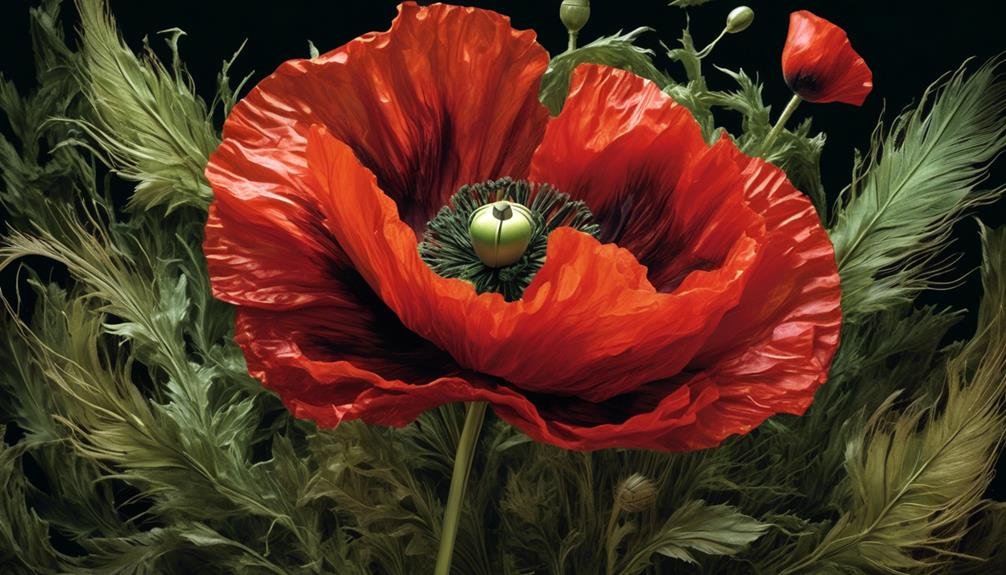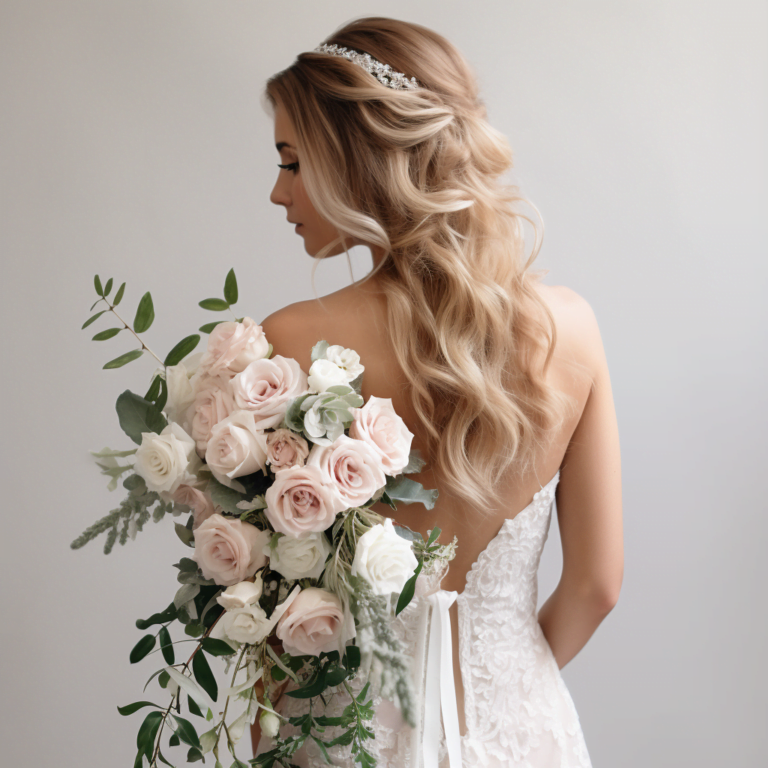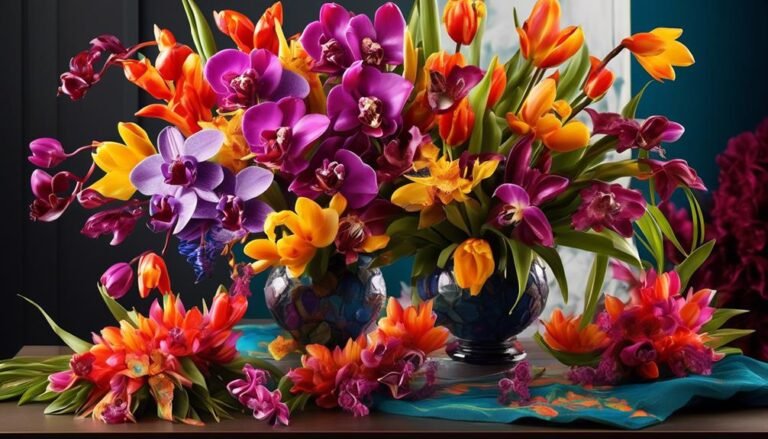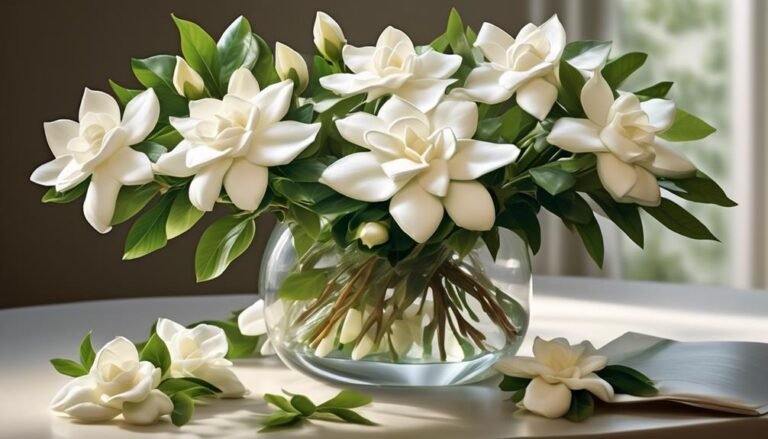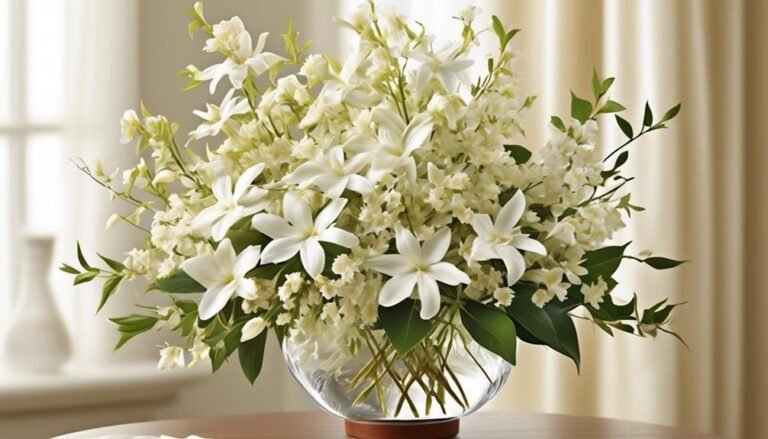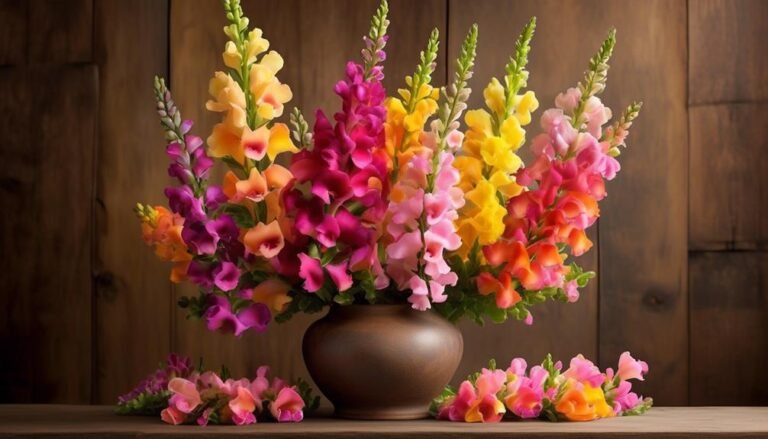Popular Types of Florist Flowers – Poppy
When it comes to florist flowers, the poppy is a standout with its rich cultural symbolism and distinctive allure. There are various types of poppies, each with its own unique characteristics and appeal. From the enchanting Oriental Poppy to its captivating history and seasonal availability, there is much to discover about this captivating bloom.
The Oriental Poppy, known for its large and vibrant blooms, is a popular choice for adding a bold and dramatic touch to floral arrangements. Its striking presence and various color options make it a versatile option for different occasions.
Poppies have a fascinating history and are often associated with remembrance and commemoration, particularly in relation to war veterans. This adds a meaningful and poignant element to the use of poppies in floral designs.
In terms of seasonal availability, poppies are typically in bloom during the spring and early summer months, making them a sought-after choice for adding a pop of color to seasonal arrangements.
Overall, the poppy is a captivating and meaningful flower that adds a unique touch to florist creations, making it a popular choice for a variety of occasions.
Scientific Name
The Oriental Poppy, scientifically known as Papaver orientale, is a captivating perennial flower native to Turkey and Iran. Its vibrant blooms come in a variety of colors, such as red, orange, pink, and white, with creased or fringed petals that add to its allure. This stunning flower has a rich background history and holds significant cultural importance in Turkish and Iranian cultures.
Cultural Significance:
In Turkish and Iranian cultures, the Oriental Poppy symbolizes remembrance and commemoration, often linked to honoring the memory of loved ones and fallen heroes. The flower is deeply rooted in traditional ceremonies and rituals, cementing its place in the cultural fabric of these societies.
Historical and Medicinal Uses:
The Oriental Poppy has been cultivated for centuries and has been depicted in various forms of art, literature, and folklore in the regions where it's native. Additionally, it has been used in herbal remedies and natural dyes, contributing to its cultural significance.
Background History
Originating from Turkey and Iran, the Oriental Poppy, or Papaver orientale, has a fascinating history deeply rooted in ancient cultivation practices and cultural significance.
These vibrant blooms have held symbolic value in art, literature, and religious ceremonies in various societies, especially in Turkey and Iran. They were prized for their ornamental beauty and medicinal properties, leading to their early cultivation by ancient gardeners and herbalists.
Throughout history, Oriental Poppies have symbolized concepts such as remembrance, consolation, and the cycle of life and death, reflecting their importance in folklore, mythology, and traditions. They've spread beyond their original region, captivating gardeners and botanists worldwide due to their adaptation to various climates and soils.
During the age of botanical exploration, naturalists and explorers documented their unique characteristics, contributing to their introduction to new territories.
The Oriental Poppy's enduring allure and significance across different cultures and historical periods illustrate its rich and diverse history.
Physical Description
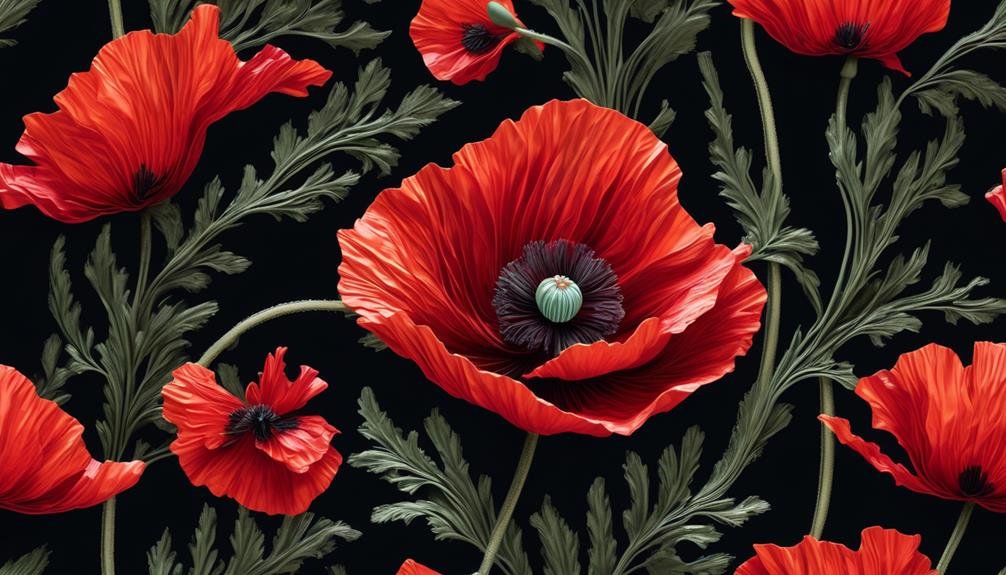
Florist poppies come in various types, each with unique physical characteristics that make them popular choices in floral arrangements. From the large, showy flowers of the Oriental Poppy to the striking pink, red, purple, or white flowers of the Opium Poppy, these poppies add beauty and significance to botanical and cultural contexts.
Poppies belong to the Papaveraceae family, with different species falling into genera such as Papaver, Meconopsis, and Bocconia. The Himalayan Poppy stands out with its unusual sky blue hue, requiring constant moisture and moderate temperatures for growth. On the other hand, the Iceland Poppy is a short-lived perennial in northern climates and is grown as an annual in warm regions.
The physical diversity of florist poppies is complemented by their cultural significance, with poppies often symbolizing remembrance or consolation in various societies. This symbolism has contributed to their widespread cultivation and use in floral arrangements, adding depth and meaning to these beautiful flowers.
Colours and Characteristics
Poppies are prized in the florist industry for their vibrant colors and unique physical characteristics. They come in a stunning array of colors, including red, pink, orange, yellow, and white, making them a popular choice for adding a pop of color to floral arrangements. Poppies have delicate, papery petals that give them a light and airy appearance, along with distinctive cup-shaped blooms and a prominent dark center, adding to their allure.
These flowers hold deep symbolic meaning, often associated with remembrance and commemoration, especially in the context of honoring fallen soldiers. In Greek and Roman myths, they symbolize both sleep and death, making them a powerful emblem in various cultures. Poppies also have cultural significance, representing prosperity, beauty, and the cycle of life and death in many traditional ceremonies and festivals.
Due to their vibrant colors and unique characteristics, poppies are frequently used in floral arrangements to create striking visual contrasts. They're also popular choices for bouquets, adding a whimsical and romantic touch to any arrangement.
Varieties Available

The poppy family offers a diverse range of varieties that are popular among florists for their unique colors and characteristics. Here are some notable poppy varieties and their uses, symbolism, and meanings:
- Shirley Poppy: Delicate and papery, available in various pastel shades, symbolizing remembrance.
- Oriental Poppy: Known for large, vibrant blooms in shades of red, orange, and pink, symbolizing passion and deep emotions.
- Iceland Poppy: Delicate poppies in a variety of colors, representing peace, consolation, and remembrance.
- California Poppy: Bright orange poppies, the state flower of California, symbolizing success and wealth.
Each variety offers a different aesthetic and meaning, allowing florists to convey various emotions and messages through their arrangements.
The Shirley poppy is often used for sympathy bouquets, symbolizing remembrance and consolation.
On the other hand, the Oriental poppy's vibrant blooms make them a fitting choice for romantic arrangements.
The Iceland and California poppies also hold their own unique symbolism, adding depth to floral compositions.
With such a diverse range of varieties, the poppy family provides florists with a rich palette to create meaningful and impactful floral designs.
Seasonal Availability
Poppies come in different varieties with varying seasonal availability.
Oriental Poppies (Papaver orientale) are perennial and bloom in spring to early summer, adding vibrant colors to gardens.
Alpine Poppies (Papaver alpinum) are also perennials, flowering in the summer months and bringing an elegant touch to landscapes.
Flanders Poppy (Papaver rhoeas), an annual variety, may be seen in late spring to early summer, with its iconic red blooms gracing fields.
Icelandic Poppies (Papaver nudicaule) are typically available as biennials or short-lived perennials, often blooming in late spring to early summer, adding charm to gardens.
Understanding the seasonal availability of these poppy species is important for cultivation, biodiversity, and cultural significance.
Care Tips
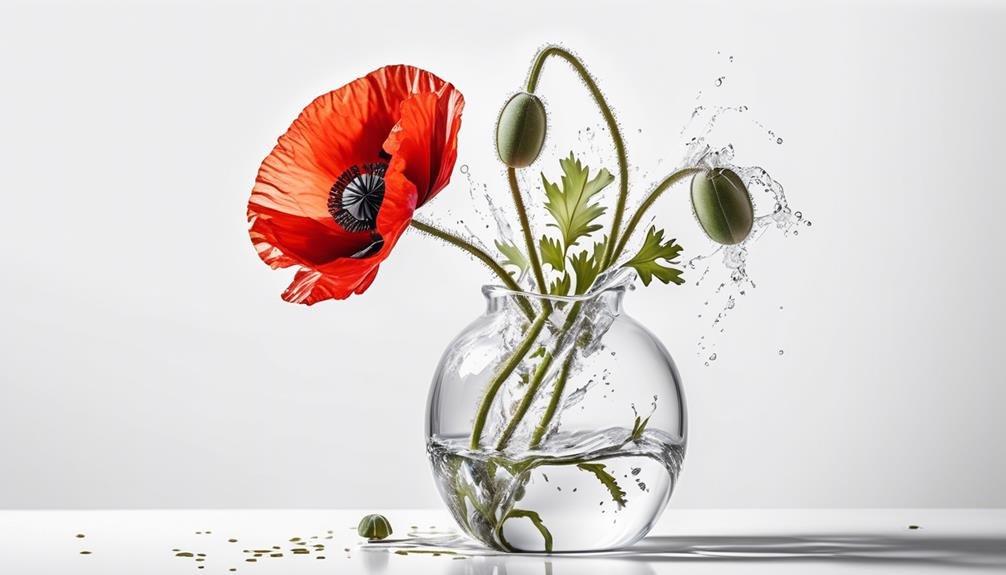
If you want your poppies to thrive, it's important to take good care of them. Here are some essential care tips to help you maintain healthy and beautiful poppies in your garden:
Pruning Techniques:
- Dead-head the blooms to prevent seeding and encourage prolonged flowering. Simply pinch off the spent flowers or use pruners to cut them back to the base of the stem. If you want natural self-seeding, you can leave some of the spent flowers to disperse their seeds.
Propagation Methods:
- Start poppies indoors before the last frost or plant the seeds directly outside in March or April.
Watering and Sunlight:
- Water poppies in well-drained soil and place them in a well-lit area to promote healthy growth.
End of Season Care:
- Cut the stems back to the ground after the flowers have died at the end of summer to prepare the plant for the following growing season.
Mulching and Fertilizing:
- Apply mulch around the base to control weeds and retain moisture in the soil. Additionally, adding general-purpose fertilizer monthly can provide the necessary nutrients for the best results.
What Makes Poppy Flowers Popular for Florists?
Poppy flowers are popular for florists due to their vibrant colors, delicate petals, and versatility in floral arrangements. Unlike other types of florist flowers like rose, poppies add a unique and artistic element to bouquets, making them a standout choice for creating visually stunning and memorable floral designs.
Conclusion
Oriental Poppies (Papaver orientale) are a vibrant and striking choice for flower arrangements, known for their vivid colors and delicate foliage.
Popular cultivars such as Allegro, Beauty of Livermere, and Princess Victoria Louise are highly sought after for their beauty.
These flowers thrive in USDA zones 3-9, showcasing their resilience and adaptability in various garden settings.
With the right care, Oriental Poppies will consistently enhance the beauty of any floral display, making them a must-have for gardeners and flower enthusiasts.
